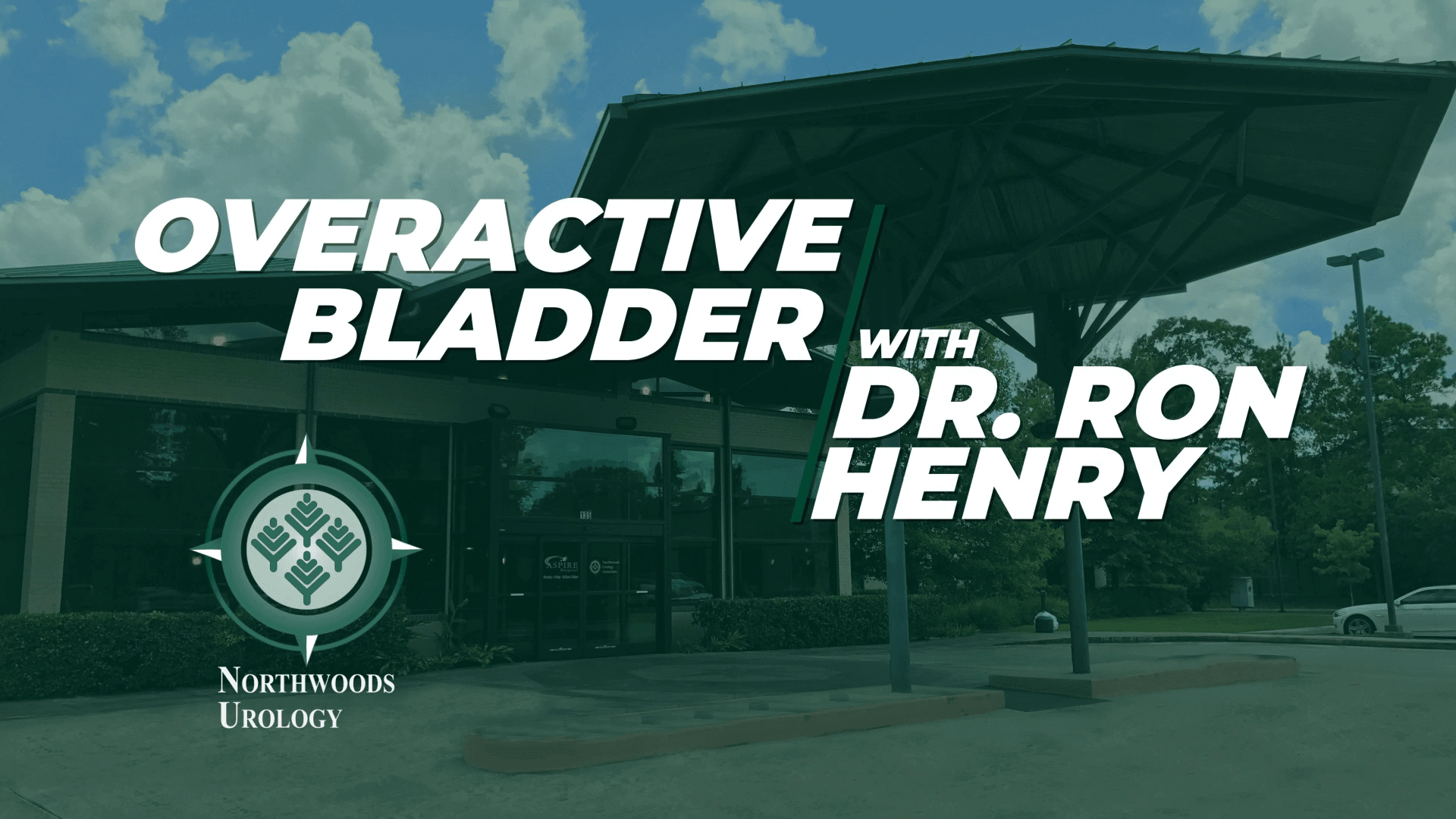Author: Northwoods Urology
Transcript of Video
Dealing with kidney stones can be a rather painful experience. Today we’ll cover simple tips to help keep our kidneys happy and to help you prevent kidney stones. Kidney stones are hard mineral deposits that form inside your kidney and must be passed. The two most common forms of stones are made up of calcium deposits or calcium oxalate or uric acid and these build up over time.
The American Urologic Association reports that as many as 12% of all Americans suffer from kidney stones. That includes men and women. Kidney stones begin to form when your body is not able to dissolve urine salts. To prevent this it is important to drink plenty of fluids like water or juices that are high in citrate like lemon juice. Drinking too little results in less urine output which leads to more concentrated urine which is not as likely to dissolve the urine salts. So your lifestyle and eating habits make all of the difference.
To keep your kidneys healthy and free of problems you need to consume the right kinds of food. Contrary to popular belief, since kidney stones are calcium based, calcium rich foods are actually good for our kidneys, however, taking calcium supplements as opposed to getting it from our diet, may increase the risk of kidney stones.
At Northwoods Urology we understand the importance of healthy kidneys. Visit our website for more tips about kidney health. If you suffer from kidney stones and would like an expert professional approach, contact our office for an appointment.




